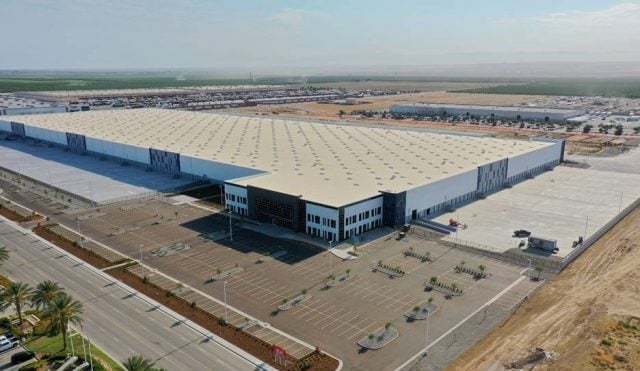[IMGCAP(1)]
TUSTIN, CA—It seems as if a new restaurant is popping up everywhere you turn, but the fast-casual industry is also consistently evolving, Coreland Co.'s director of retail brokerage Matt Hammond tells GlobeSt.com. We spoke exclusively with Hammond about how restaurants fit into the mix at this point in the cycle and other trends he's noticing in Southern California's retail sector.
GlobeSt.com: Just how many restaurants can Southern California urban and suburban neighborhoods support to off-set traditional retail?
Recommended For You
Want to continue reading?
Become a Free ALM Digital Reader.
Once you are an ALM Digital Member, you’ll receive:
- Breaking commercial real estate news and analysis, on-site and via our newsletters and custom alerts
- Educational webcasts, white papers, and ebooks from industry thought leaders
- Critical coverage of the property casualty insurance and financial advisory markets on our other ALM sites, PropertyCasualty360 and ThinkAdvisor
Already have an account? Sign In Now
*May exclude premium content© 2025 ALM Global, LLC, All Rights Reserved. Request academic re-use from www.copyright.com. All other uses, submit a request to [email protected]. For more information visit Asset & Logo Licensing.








